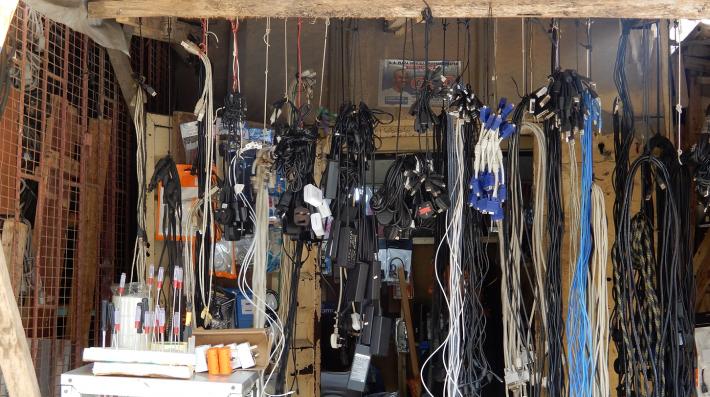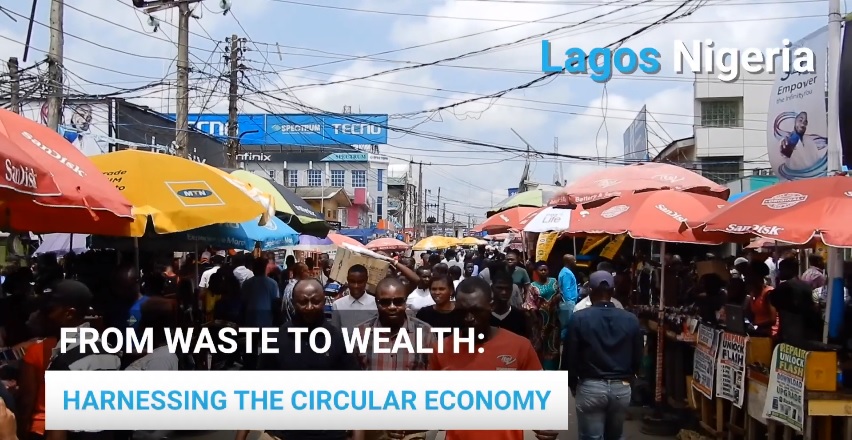
Paris | 2021
Is the neighbourhood scale an entry point to circularity? If so, how can cities support and catalyse community-led efforts?
What is the role of neighbourhoods in accelerating a circular economy transition?
The United Nations Environment Programme together with Arup, BASE, C40 Cities, Ellen MacArthur Foundation, Mass Design Group, Mexico City and the Prague Institute of Planning and Development, asks these questions in a discussion paper meant to inspire city actors (communities, governments, and businesses) to initiate circular economy activities at the neighbourhood level. With this paper, we hope to generate some thoughts around urban design and circularity, starting with the neighbourhood scale.
The paper will be introduced at three events at the Innovate4Cities conference:
- Circular Economy Transitions – 12 October at 15h45 CET (20mn)
- The Weight of Cities in Latin America and the Caribbean: Advancing towards sustainable, Low-carbon, and Resource-efficient Urbanization: 14 October at 15h30-16h30 CET
- Green & Thriving Neighbourhoods: a Pathway to Net-zero Using the 15-minute City: 15 October at 16h00-17h30 CET (1h30)
Register here and explore these questions with us and share your thoughts on social media (Twitter, Facebook, Instagram) using the hashtag #circularneighbourhoods #circularneighborhoods
Looking forward to hearing your thoughts!
About the Discussion Paper
Local government investment is the essential element in the uptake and replication of circular initiatives. But could neighbourhoods be powerful entry points and sources of inspiration for circularity in cities?
The neighbourhood scale makes circularity more tangible, and this discussion paper was able to map entry points or tangible and manageable actions for neighbourhood applicable in many contexts:
- Circular construction provided a window to the system of structures that make up a city. Neighbourhoods could be turned into material banks and that there is room to change local regulatory/policy framework to allow local construction and repair.
- Servitisation offered possibilities for change in how systems in our homes work. From electricity to appliances, returning responsibility to manufacturers/service providers transferred performance risk from consumer to provider, encouraging maintenance instead of throwing things out.
- A snapshot of neighbourhood food systems revealed the multiple benefits of community gardens – connecting us to nature and creating a shift in mindset towards circularity.
By deconstructing cities into smaller action areas, it is possible to identify starting points for a radical transformation towards circularity. The neighbourhood allows for the design and operation of “living labs” – large enough to be representative of community behaviour and their interactions with urban systems, yet also small enough not to be prohibitive in terms of costs and human resources.









